Modelling in STEM
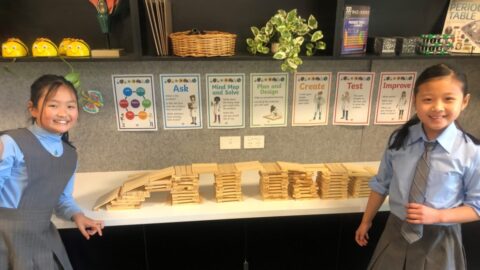
A model is a representation of an idea or phenomenon that otherwise may be difficult to directly observe. Models and modelling are important tools for problem solving, prediction, decision making, and communication.
Consequently, in STEM we use lots of different forms of models and modelling!!
- In Science, not only do the students use the ‘standard’ models we all grew up with (for example, a model of the human body or a flower), the girls also use a range of materials to construct models to demonstrate their understanding – like the phases of the moon or the difference between the particles in solids and liquids.
- In Digital Technology students will use computer-based models. For example, using algorithms, data and computational thinking allows the girls to model systems they could not otherwise observe – like food chains and food webs.
- In Design Technology students use models to simplify aspects of reality, and these range from simple diagrams and building prototypes to advanced physical models – like designing and constructing periscopes.
- In Maths there is emphasis on mathematical problem-solving processes which, at our level, involves using simulations and construction – like building bridges and domes.
Helping students develop and test models supports their learning and helps them understand important aspects of how Science and Engineering work.
-
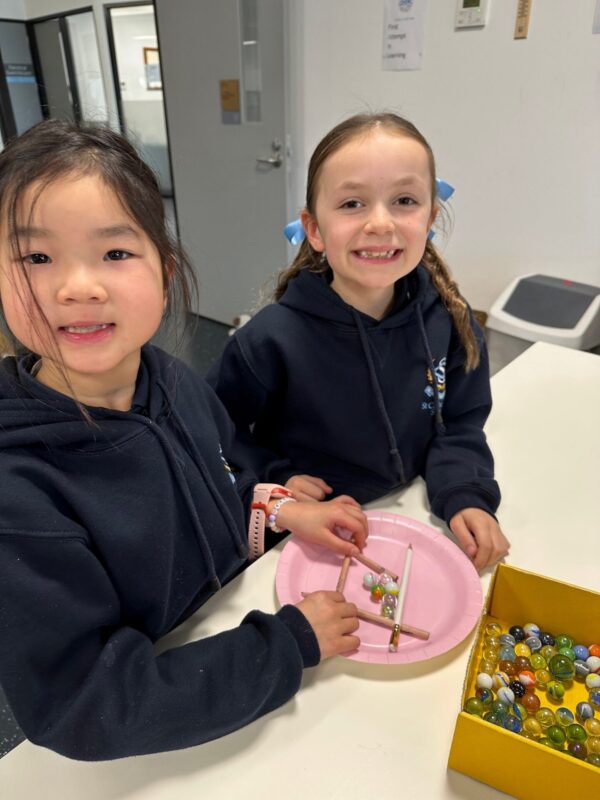
Modelling in STEM
-
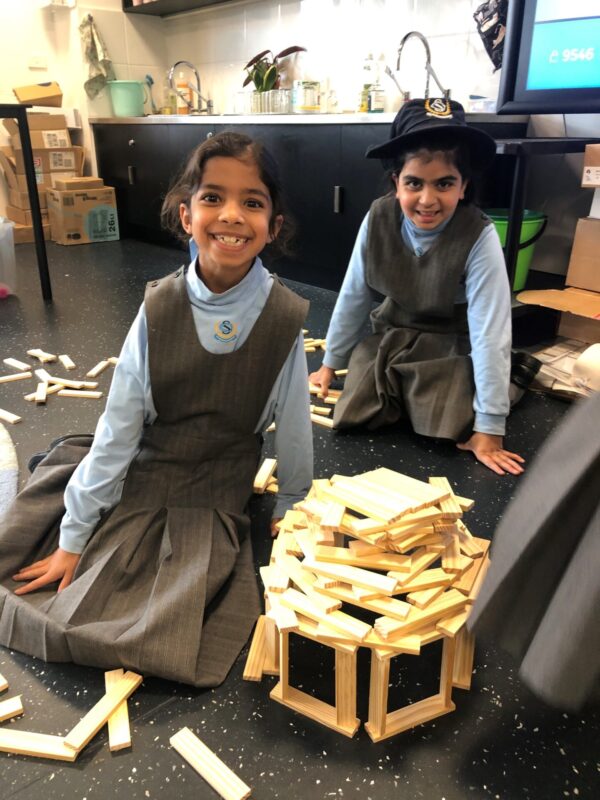
Modelling in STEM
-
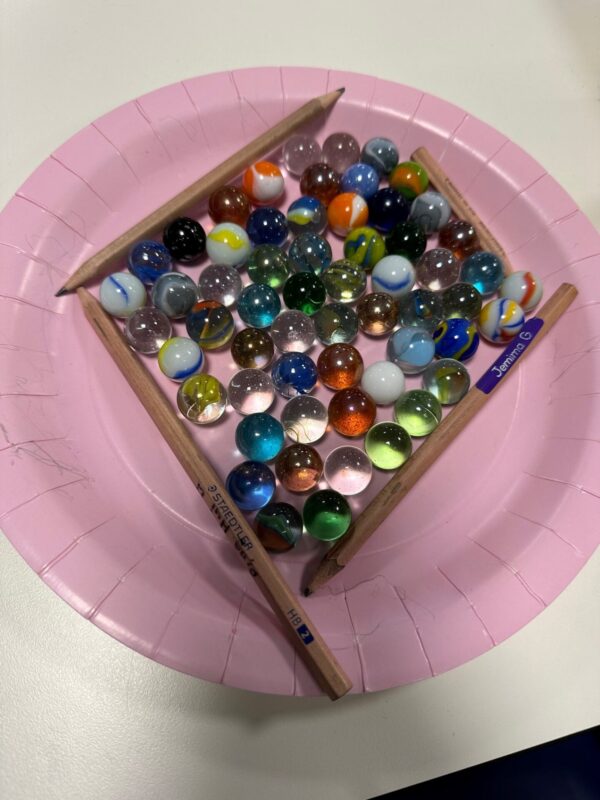
Modelling in STEM
-
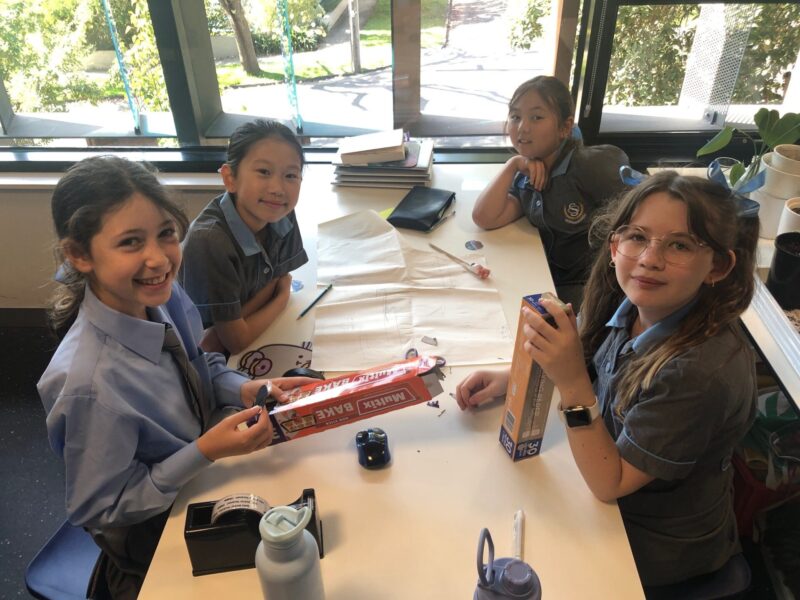
Modelling in STEM
-
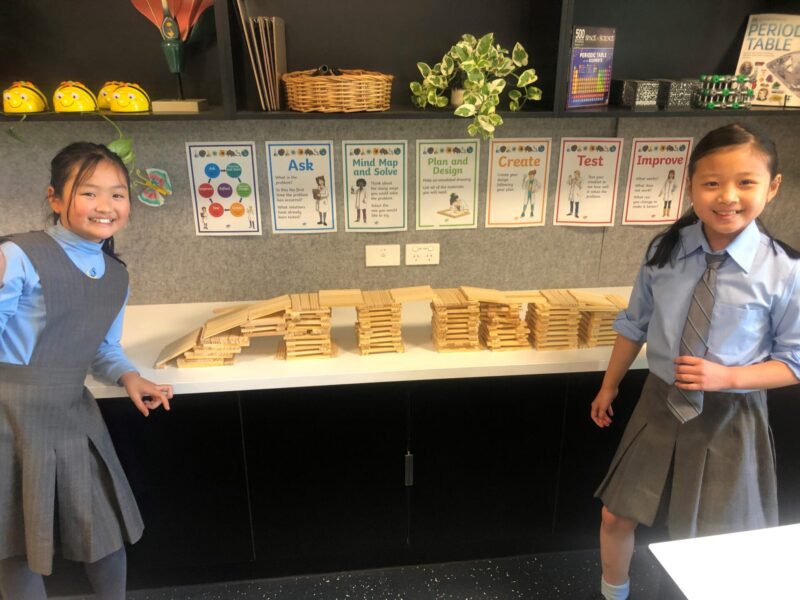
Modelling in STEM
-
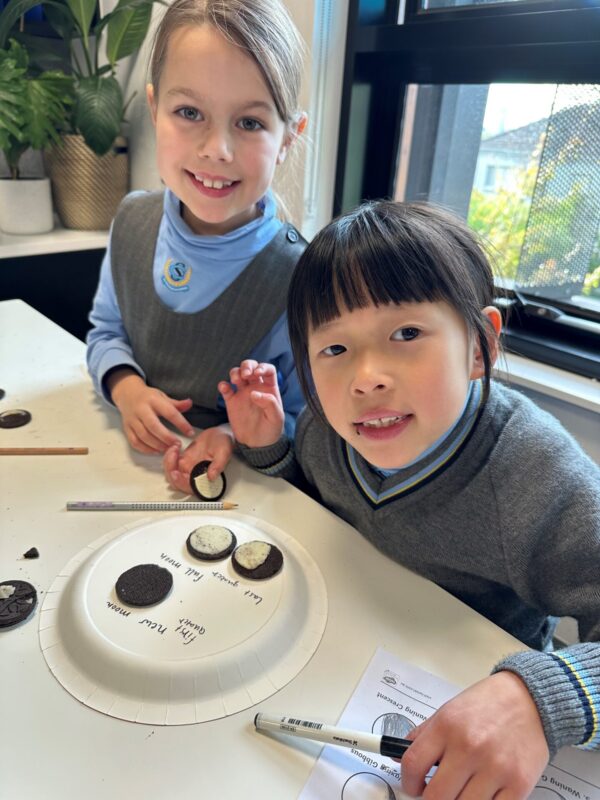
Modelling in STEM
-
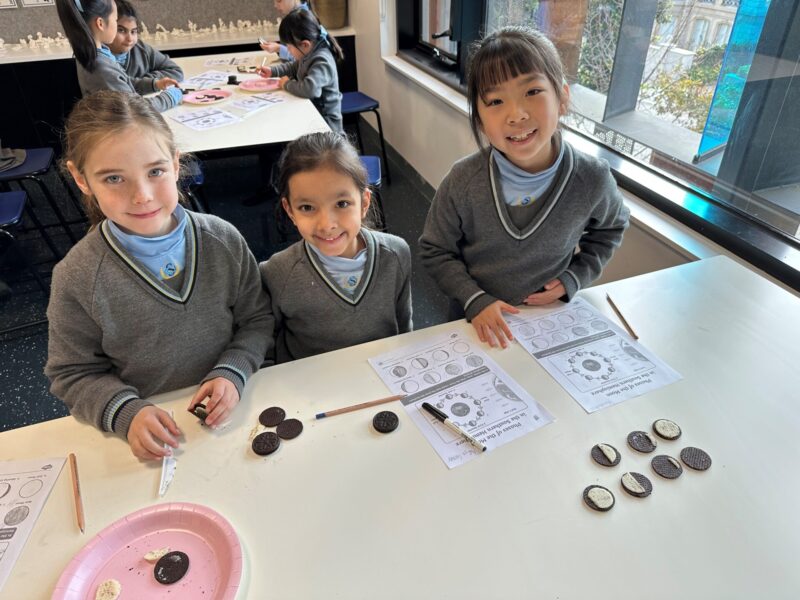
Modelling in STEM
-
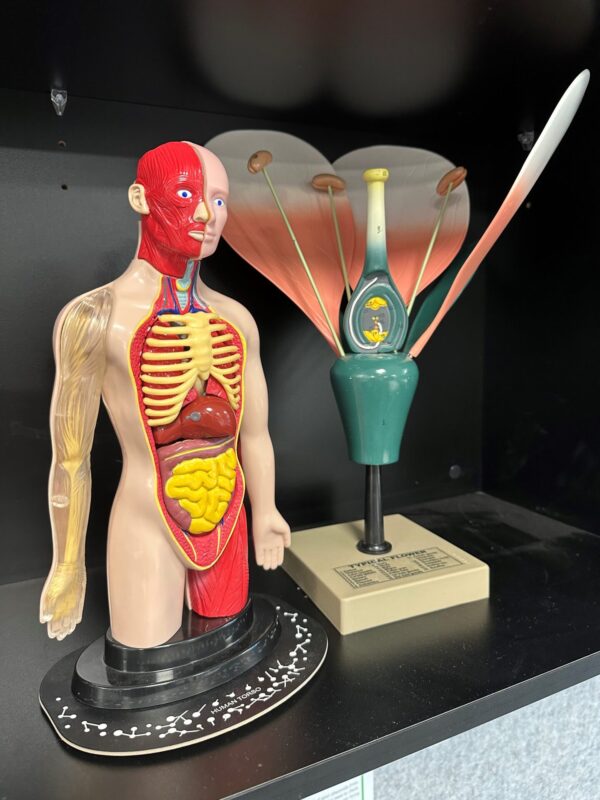
Modelling in STEM
-
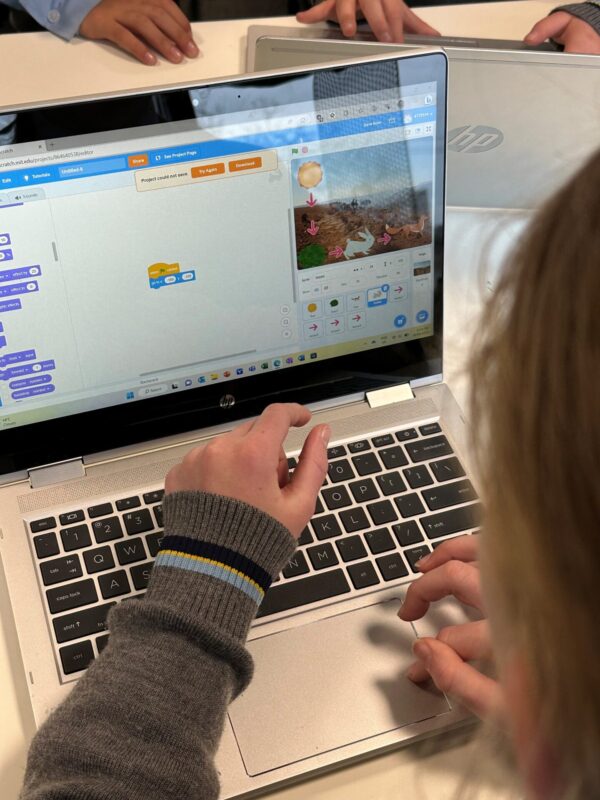
Modelling in STEM
-
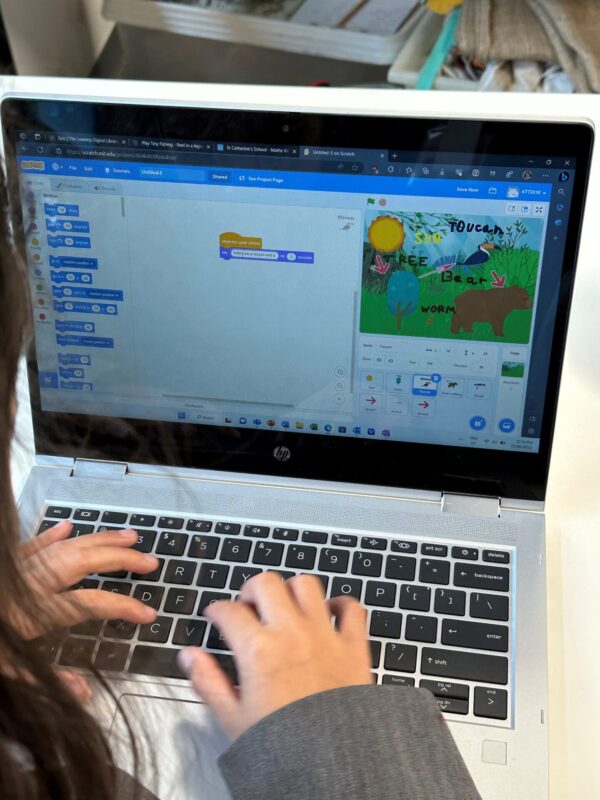
Modelling in STEM


